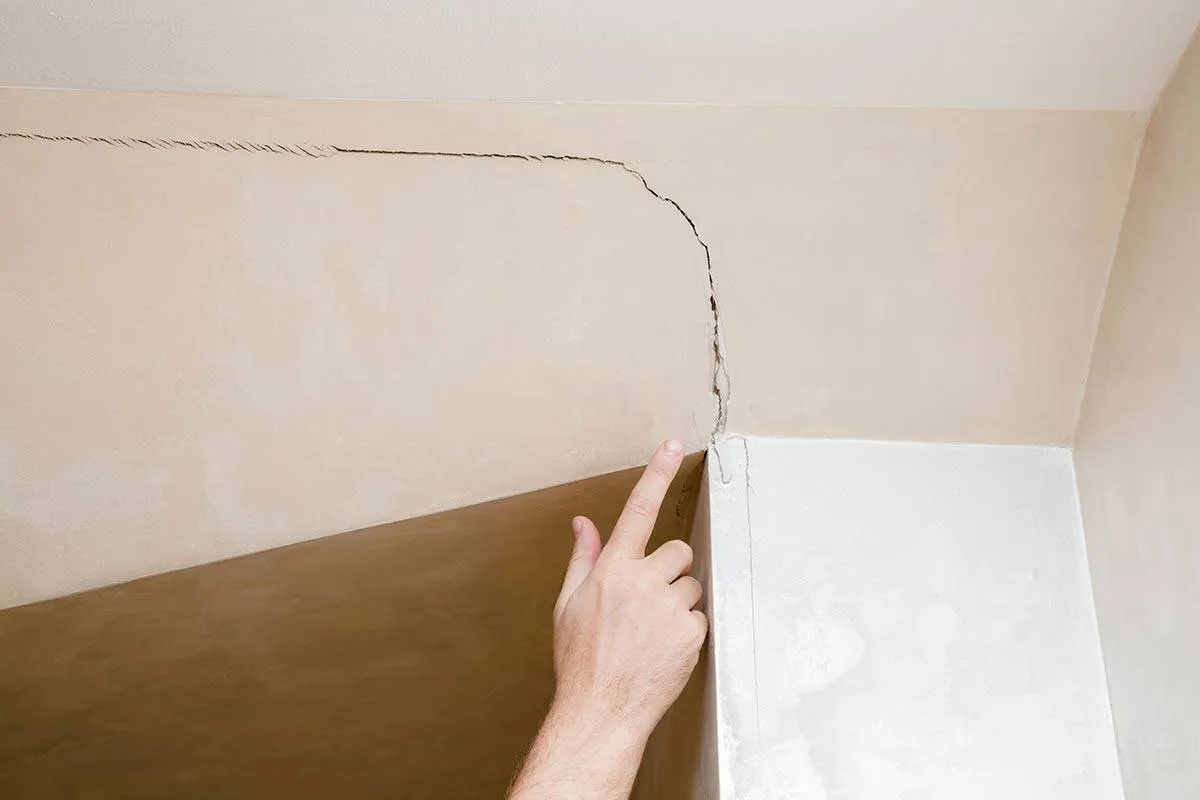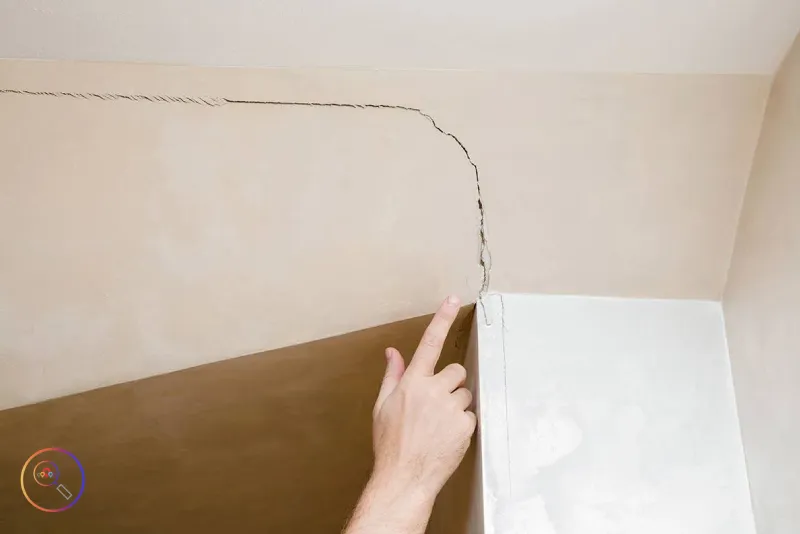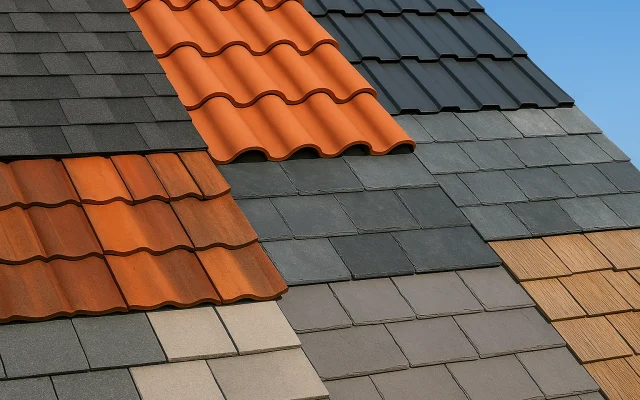Some of the most serious damage in a home starts where you cannot see it. Small cracks, shifting soil, and hidden moisture can quietly weaken the structure until problems show up on the surface. Homeowners often delay repairs because the early signs do not always look like a big deal.
In this blog, Michigan foundation repair experts explain what those early warning signs look like, why they are easy to miss, and what happens when they are ignored. We will cover common issues that call for foundation repair, and how moisture leads to long-term damage without a proper basement waterproofing solution.
Why Structural Problems Often Go Unnoticed
Some of the worst structural issues in a home often develop in areas that are rarely inspected. Basements, crawl spaces, and wall cavities often hide early damage. Small cracks or signs of moisture build quietly over time, and most homeowners miss them until something more obvious happens.
Seasonal changes also play a role. When doors stick or floors feel uneven, people often chalk it up to humidity or aging materials. But small shifts in the foundation can cause these symptoms to come and go. Without inspection, the problem continues to grow underneath.
Many warning signs appear mild at first. A few hairline cracks in the wall or a faint musty smell in the basement do not feel urgent. That is why early foundation repair assessments matter. Getting ahead of the damage can save you from more invasive and expensive repairs later.

Signs of Structural Problems You Shouldn’t Ignore
Most structural issues start with small symptoms that are easy to overlook. These early signs do not always point to a clear problem, but they should not be dismissed. Paying attention now can help prevent more serious damage later.
Cracks in Walls, Floors, or Ceilings
Not all cracks are a red flag, but some are worth a closer look. Thin vertical cracks from aging paint or plaster are common in older homes. What you want to watch for are wider cracks, horizontal cracks, or those shaped like stair steps along basement walls.
These types of cracks often signal movement in the foundation or pressure from shifting soil. If they grow over time or reappear after repairs, they may point to ongoing stress under the surface. That is when a professional foundation repair team should assess the area.
Uneven or Sloping Floors
A slight slope may not seem like a big deal at first, but it can mean the support beams or foundation are no longer level. You might notice furniture wobbling, or feel a soft dip as you walk across the floor.
These symptoms often come from structural shifts below. If left unchecked, they can lead to bigger problems like framing damage, cracked tiles, or compromised support posts.
Doors and Windows That Stick or Do Not Latch Properly
When a door drags or a window gets jammed, it is easy to blame swelling or humidity. But if the issue happens across multiple rooms or keeps returning, it might signal that the home is shifting.
Foundation movement can throw off the alignment of door frames and window tracks. A small adjustment may seem like a fix, but without structural correction, the problem will come back.
Musty Smells or Mold in the Basement
A damp smell in the basement is one of the most overlooked signs of structural trouble. It often means water is getting in through the foundation, even if you do not see obvious flooding.
Poor drainage and hidden leaks allow moisture to build inside walls and under flooring. Over time, this can weaken the structure, attract pests, and lead to mold growth. Basement waterproofing is one of the most effective ways to prevent this kind of long-term damage.
Common Structural Problems Found in Older Homes
Older homes carry more risk when it comes to hidden damage. Materials break down, soil shifts, and outdated construction methods leave certain areas more exposed to long-term wear. Here are some of the structural issues commonly found in homes that have been standing for decades.
- Settling Foundations: As soil compacts or washes away, the foundation can sink unevenly. This causes cracks, floor slope, and strain on beams. A professional foundation repair team can assess whether the movement has stabilized or needs correction.
- Water Damage and Rot: Moisture from leaks or poor drainage wears down concrete and framing. Without basement waterproofing, damage often worsens with time and weather.
- Erosion Under Slab Foundations: In slab foundations, water can erode soil beneath the home. Signs include cracked tiles or misaligned doors.
- Past Repairs That Were Done Incorrectly: Quick fixes like patching cracks or adding support beams can hide deeper issues and lead to more damage later.
How These Issues Impact Your Home’s Safety and Value
Structural damage does not stay isolated to one part of the home. Over time, it spreads and affects how safe the space feels and how much it is worth if you ever decide to sell. Even when the damage is not visible, it can still carry serious consequences.
- Reduced Property Value: Buyers hesitate when a home shows cracks, sloping floors, or a history of repairs. Even small issues can lower offers or delay sales.
- Higher Repair Costs: Delaying repairs allows damage to spread. What starts as a small fix often becomes a more expensive job once framing, drywall, or plumbing are affected.
- Risks to Safety: A weakened structure affects load-bearing walls, beams, and floors. Early restoration can help restore safety before issues escalate.
When to Call in a Professional for Inspection or Repair
Not every crack or uneven surface indicates structural damage, but certain signs are too vital to ignore. A quick visual check will not always catch what is happening underneath. When symptoms start repeating or spreading, it is time to bring in a professional.
What to Expect During a Structural Inspection
An experienced contractor or structural engineer will examine more than surface-level symptoms. They check the foundation for movement, look for signs of water intrusion, and test whether framing and supports are still sound. This may include checking moisture levels in the basement, measuring floor slope, or identifying load-bearing issues.
What Happens After an Inspection
Once the cause is clear, the next step is choosing the right repair method. This could involve minor fixes like sealing joints or reinforcing floor joists. In more advanced cases, full foundation repair, structural bracing, or moisture control may be required.
If water damage is part of the issue, basement waterproofing is usually recommended. When multiple issues are linked, such as foundation movement combined with poor drainage or wood rot, the solution must address all of them. Professional restoration teams handle repairs across those areas to keep the structure stable.
How Foundation Repair and Basement Waterproofing Help in the Long Run
Structural problems do not fix themselves. Timely repairs can save you from long-term damage, higher costs, and repeated disruptions. Here is how targeted repair and moisture control make a lasting difference.
- Foundation Repair Adds Stability: Pier installation or slab leveling restores balance to the home. This helps prevent future damage to flooring, plumbing, and framing.
- Basement Waterproofing Blocks Moisture: Moisture weakens materials and leads to mold. Basement waterproofing systems help keep the home dry and protected.
- Restoration Improves Safety and Value: Professional restoration work restores stability and makes the home more appealing to future buyers.
Final Thoughts
Structural problems rarely improve on their own. They spread slowly and often appear after the damage is already done. Waiting too long turns a small repair into something much bigger. If you have seen cracks forming, floors starting to slope, or water creeping into the basement, do not wait to get it checked. An early inspection can confirm if the issue is surface-level or something deeper. Services like foundation repair and basement waterproofing are not only about fixing what is broken. They are about protecting everything else that depends on the structure beneath it.







